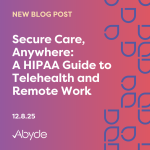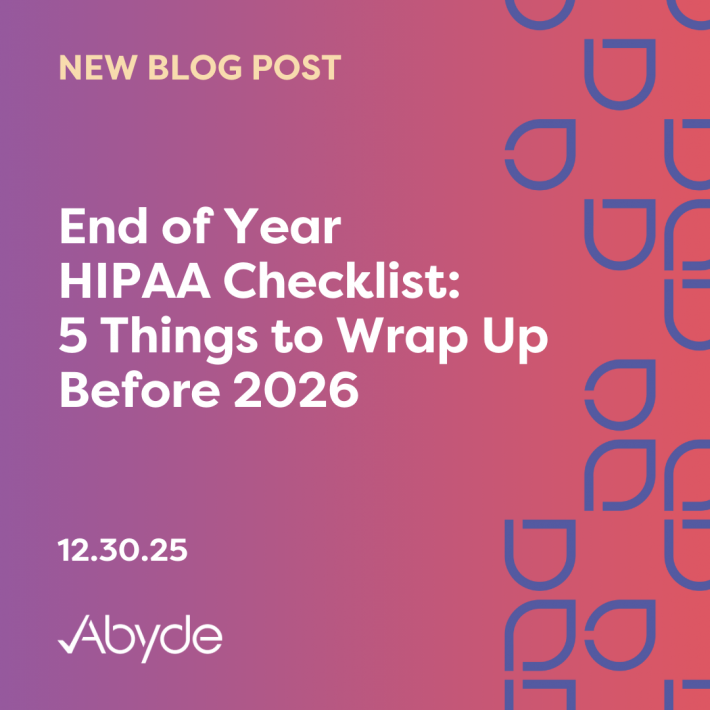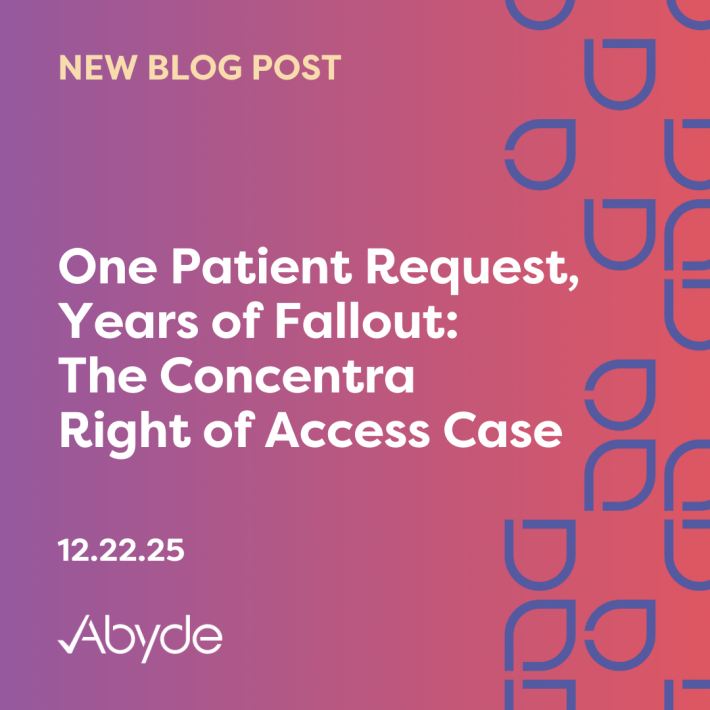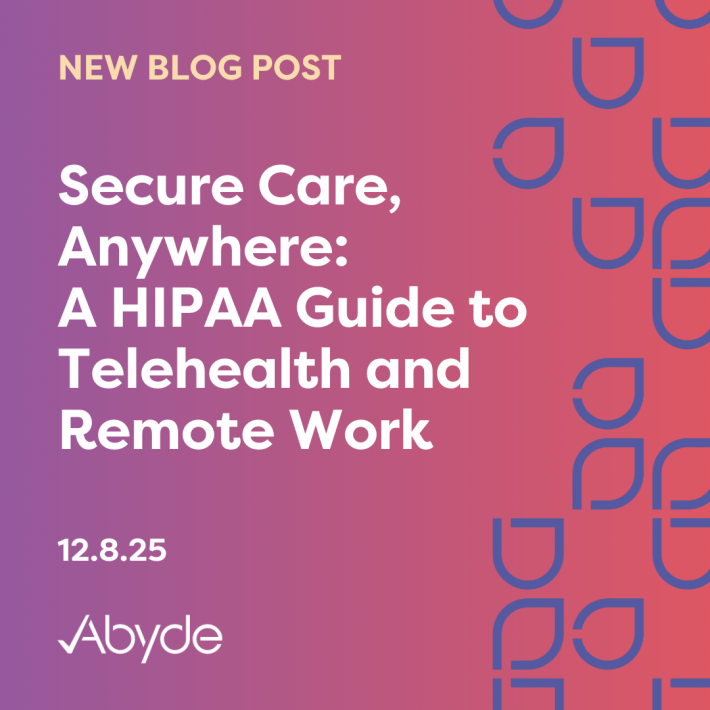June 13, 2024
Did you know that more than 70% of healthcare workers spend over 10 hours a week on paperwork?
When working in healthcare, the last thing you might expect is to spend most of your time on paperwork, but it’s a reality for many.
Paperwork might seem monotonous and time-consuming, but it’s a crucial requirement for HIPAA. Your compliance program must be documented to prove you’re protecting your patients.
Why can’t I use templates?
It’s essential to avoid cutting corners with compliance paperwork. Personalized documentation is key, so using templates isn’t compliant. Templates are generic, whereas documentation represents the specific policies and procedures for your location that must be followed to protect your patients’ PHI (Protected Health Information).
Many policies and procedures are required to ensure staff safety and PHI. Some examples include the Disaster Recovery Plan, the Breach Notification Policy, and the Electronic Data Disposal Policy. They must be personalized for your practice, such as including local emergency phone numbers in the Disaster Recovery Plan or defining specific roles and responsibilities in policies. Additionally, if responsibilities change, policies and procedures must be updated, ensuring the latest info is documented.
By drafting personalized documentation, your practice ensures its staff knows their responsibilities regarding protecting PHI and the procedures that must be followed.
What else is required documentation?
Drafting documentation is the first step, but organizing the content is just as important. Policies and procedures should be easily accessible so staff can review them effortlessly. In any situation, your team should be able to access the plan quickly, stay calm, and review the documentation. The documentation should also be clear and understandable for the staff.
Staff should have easy access to policies and procedures, which should be reviewed during onboarding to provide new employees with the necessary resources.
How Software Solutions Can Help
In the past, documentation was often seen as an overwhelming, overflowing binder, but that doesn’t have to be the case. As technology advances, your compliance program needs to keep up as well. Nowadays, healthcare workers can use software solutions to create personalized documentation quickly.
Software solutions can help eliminate the possibility of human error and utilize cutting-edge technology to dynamically generate policies that meet the latest requirements in the healthcare industry. Almost all healthcare employees spend numerous hours every week on paperwork. So why not significantly reduce the time spent on these activities and achieve compliance in minutes?
Software rapidly creates personalized documentation, including staff names and responsibilities, and provides organizational structure. Instead of disorganized physical binders, you can have an intuitive solution with policies and procedures hosted in the cloud that are easily accessible with an internet connection.
To learn more about how Abyde can save your practice countless hours on documentation, schedule a software demo.





